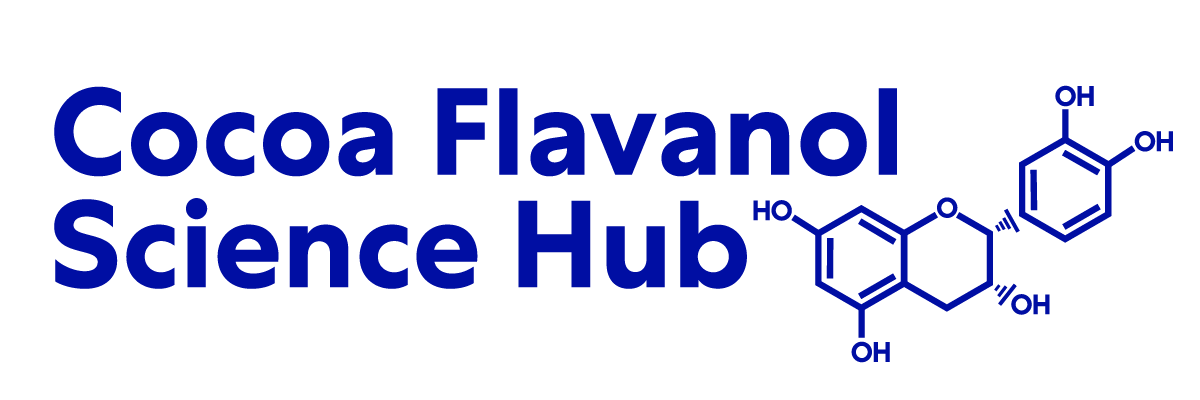Vascular action of cocoa flavanols in humans: the roots of the story.
Diet patterns are widely recognized as contributors to hypertension. Widely studied potential contributors include intake of sodium, potassium, magnesium, calcium, soluble fiber, omega-3 fatty acids, alcohol, protein, and calories. We add to that list the effect of dietary flavanols present in certain cocoas, which have sufficient activity on vascular nitric oxide to influence blood pressure control. Kuna Indians who live on islands near Panama have little age-related rise in blood pressure or hypertension. On migration to Panama City, blood pressure rises with age, and the frequency ofessential hypertension matches urban levels elsewhere. We have identified a specific food that probably makes an important contribution to cardiovascular status. Island-dwelling Kuna drink more than 5 cups of flavanol-rich cocoa per day and incorporate that cocoa into many recipes. Mainland Kuna ingest little cocoa, and what they take is commercially available and flavanol-poor. The flavanol-rich cocoa activates nitric oxide synthase in vitro and in intact humans in the doses that the Kuna employ. Vasodilator responses to flavonoid-rich cocoa are prevented or reversed by the arginine analog, N-nitro-L-arginine methyl ester. Island-dwelling Kuna have a 3-fold larger urinary nitrate:nitrite than do Mainland dwellers. As endothelial dysfunction is central to current thinking on cardiovascularpathophysiology, a food that enhances endothelial function could have broad implications. The list ofcandidate conditions that might be influenced is impressive, ranging from atherosclerosis and diabetes mellitus to hypertension and preeclampsia, to vascular dementias and end-stage renal disease. The next decade will be interesting.
See the Full Study > (opens in a new tab)









